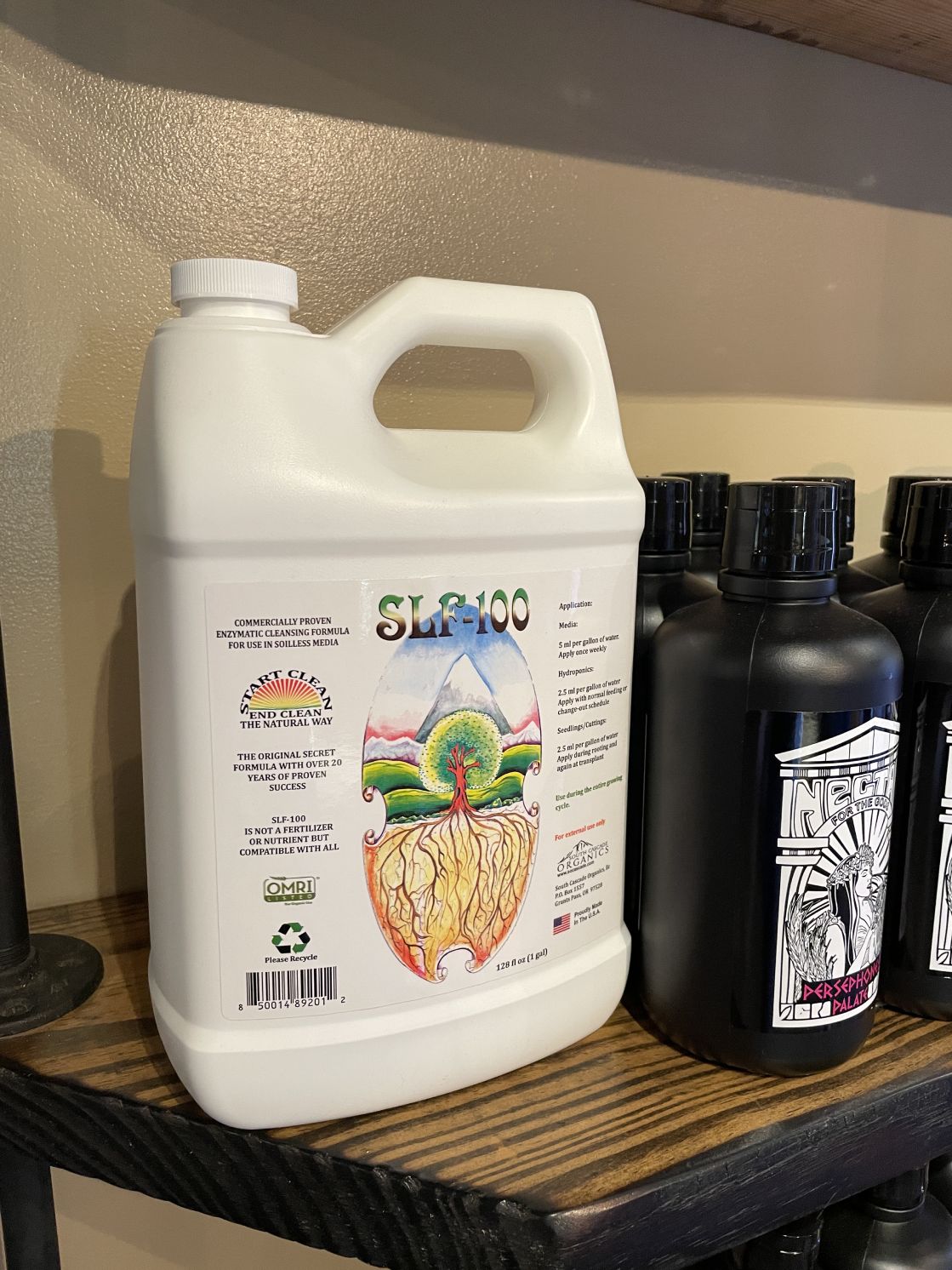The Ultimate Guide to Hydroponic Systems and Techniques
In the world of modern agriculture, hydroponic systems have actually become a revolutionary technique for cultivating plants without dirt. The precise equilibrium of water, nutrients, and light in hydroponic configurations supplies an encouraging option to traditional farming techniques. As we uncover the details of hydroponics in this thorough overview, we will browse with the numerous sorts of systems, discover the crucial nutrients important for plant growth, and explore sophisticated methods that can dramatically enhance yields. What happens when usual problems arise in hydroponic systems? Keep tuned to unravel the troubleshooting techniques that can make or break a successful harvest.
Benefits of Hydroponic Systems
Hydroponic systems supply a plethora of benefits, including effective source application and precise nutrient shipment to plants. By giving a regulated environment for plant growth, hydroponic systems allow ideal water and nutrient use, causing higher returns contrasted to traditional soil-based cultivation. This performance not just saves resources but additionally reduces waste, making hydroponic systems eco-friendly.
In addition, the precise delivery of nutrients in hydroponic systems permits for customization based on the particular requirements of each plant range. This targeted strategy ensures that plants get the best equilibrium of necessary nutrients, advertising healthier growth and decreasing the threat of nutrient shortages or imbalances. Additionally, the capacity to adjust and check nutrient levels in real-time maximizes plant productivity and total plant high quality.
In addition, hydroponic systems get rid of the need for herbicides and chemicals, as the closed-loop system minimizes the risk of pests and illness that are generally located in soil-based agriculture - The Indoor Earthworm. This not just profits the plants and the setting but additionally adds to creating cleaner, healthier plants for intake
Sorts Of Hydroponic Setups

Deep Water Society (DWC) involves putting on hold plant origins in a nutrient option, enabling for enough oxygenation. Nutrient Movie Technique (NFT) makes use of a superficial stream of nutrient solution streaming over the plant roots, supplying a constant supply of nutrients. Ups and downs systems flood the plant origins at intervals, ensuring they receive nutrients and oxygen. Leak systems entail trickling a nutrient remedy onto the plant origins, supplying precise control over feeding. Aeroponics mists the plant roots with a nutrient solution, maximizing oxygen absorption.
Each kind of hydroponic setup has its advantages and is suited to different plant selections and development stages. Comprehending the distinctive attributes of these systems can assist hydroponic growers pick check that one of the most ideal arrangement for their certain requirements and preferences.
Crucial Nutrients for Hydroponics
In hydroponic systems, plants depend on a specific equilibrium of necessary nutrients to flourish and expand successfully. These crucial nutrients are crucial for various plant features such as photosynthesis, origin advancement, and overall growth.
Along with macronutrients, plants also need additional nutrients like magnesium, calcium, and sulfur, along with trace elements such as iron, copper, zinc, and manganese (The Indoor Earthworm). These nutrients are vital for making sure that plants have all the needed structure blocks to perform necessary organic procedures

Advanced Strategies for Maximum Yield
To attain ideal returns in hydroponic systems, farmers can implement advanced methods that improve plant development and productivity. One such technique is making use of supplementary lights. By browse around here offering man-made light sources such as LED or high-pressure sodium lights, cultivators can prolong the variety of light hours plants obtain daily, advertising faster growth and boosted returns. An additional advanced technique is the implementation of CO2 supplementation. Boosting the degrees of co2 in the expanding setting can boost photosynthesis and increase plant growth substantially. Additionally, employing techniques like plant training and pruning can aid maximize light circulation and air movement, making certain that all components of the plant obtain ample light and nutrients. In addition, making use of automated systems for nutrient distribution and surveillance can assist preserve ideal nutrient levels, reducing the threat of shortages or discrepancies that can impede plant growth. By including these sophisticated methods into their hydroponic systems, farmers can maximize yields and accomplish bountiful harvests.
Troubleshooting Common Hydroponic Issues
One prevalent problem is nutrient deficiencies, where plants do not have crucial components for healthy and balanced advancement. Maintaining the appropriate pH range specific to the plant being right here expanded is crucial for ideal nutrient uptake. By promptly recognizing and dealing with these common hydroponic concerns, cultivators can preserve healthy plants and maximize returns in their hydroponic systems.
Final Thought
In conclusion, hydroponic systems use numerous benefits for expanding plants efficiently. With cautious preparation and interest to information, hydroponic systems can revolutionize the method plants are grown, leading to more lasting and effective agricultural techniques.
By offering a regulated setting for plant growth, hydroponic systems allow optimum water and nutrient use, leading to higher returns contrasted to conventional soil-based growing. The Indoor Earthworm. Nutrient Movie Strategy (NFT) utilizes a shallow stream of nutrient remedy streaming over the plant origins, giving a constant supply of nutrients. Tracking and changing nutrient degrees based on plant development stages is critical to avoiding nutrition shortages or poisonings and optimizing plant performance in hydroponic systems
In addition, employing techniques like plant training and pruning can assist enhance light circulation and air movement, making certain that all components of the plant obtain ample light and nutrients. Utilizing automated systems for nutrient delivery and monitoring can help maintain optimal nutrient levels, reducing the risk of shortages or inequalities that can impede plant development.
Comments on “The Indoor Earthworm: Releasing the Power of Worms in Your Hom”